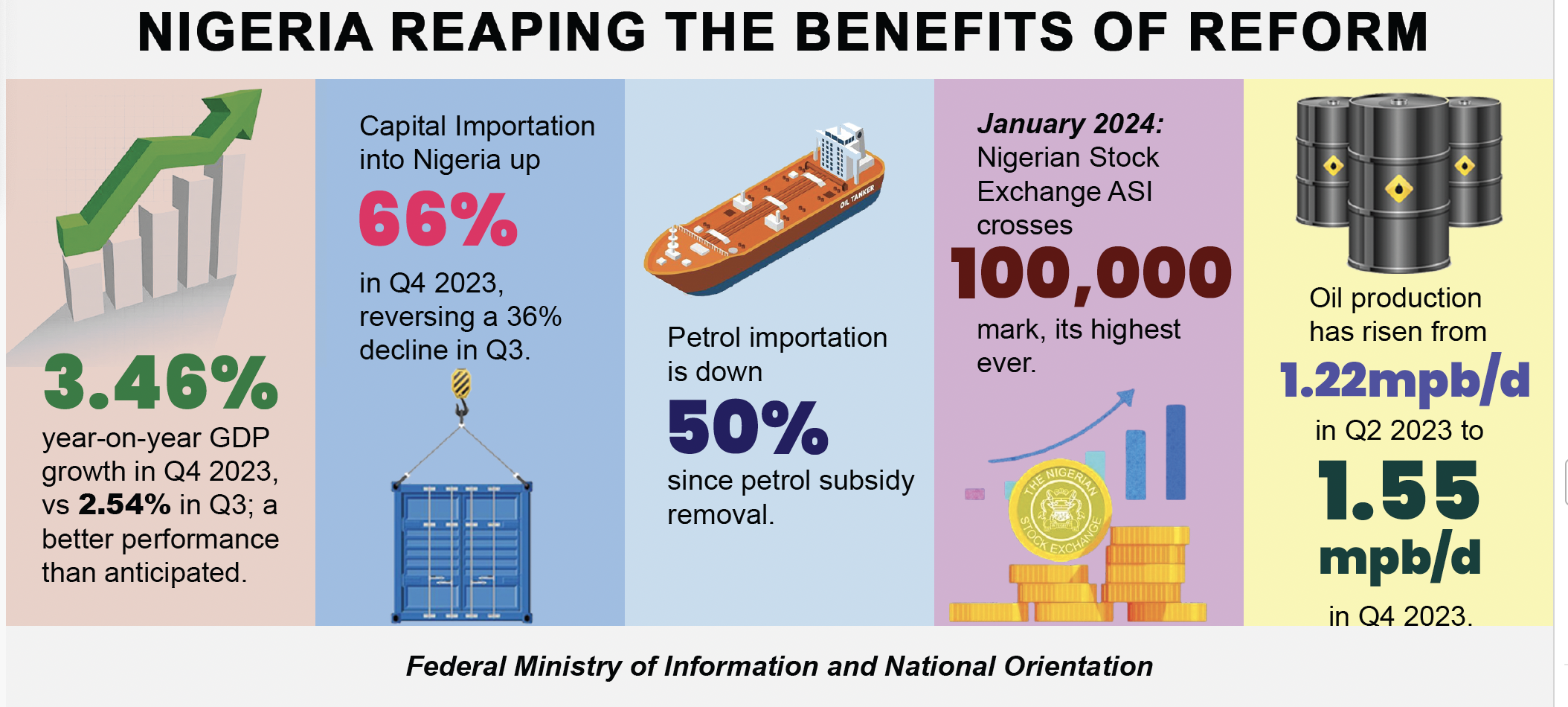The Nigerian National Petroleum Company Limited has stated that foreign exchange illiquidity has been a significant factor influencing the fluctuation in prices of Premium Motor Spirit, popularly known as petrol, which are governed by unrestricted free market forces, as provided for in the Petroleum Industry Act, 2021.
The Executive Vice President of Downstream, NNPCL, Adedapo Segun, offered the details in an interview on: “Journalists Hangout.”
On the programme on Television Continental, Segun explained that the current fuel scarcity was expected to “subside in a few days as more stations recalibrate and begin selling PMS”.
He said Section 205 of the PIA, which established NNPCL, stipulated that petroleum prices were determined by unrestricted free market forces.

According to him: “The market has been deregulated, meaning that petrol prices are now determined by market forces rather than by the government or NNPCL.
“Additionally, the exchange rate plays a significant role in influencing these prices.”
On the commencement of lifting petrol from the Dangote Refinery, Segun said the NNPCL was awaiting the September 15, 2024 timeline provided by the refinery.
Also Read:
- 75 nursing students in Oyo benefit from NELFUND loan
- Peter Obi condemns Plateau killings, tasks FG to act decisively
- Breaking: Court bars Akpoti-Uduaghan, Akpabio, others from media interviews
- Uromi Killings: NNPP advocates peaceful co-existence, condemns jungle justice
- Oyo tightens security, enforces sanitation ahead of 46th Alaafin’s coronation
Segun, who said no right-thinking individual would be comfortable with the current fuel scarcity, added that the NNPCL has nearly 1,000 filling stations nationwide and was collaborating with marketers to “ensure that stations open early, close late, in order to maintain adequate fuel supply to meet the needs of Nigerians.
“We are also engaging relevant authorities to ensure product diversions are prevented and timely deliveries to all stations are ensured.
“The scarcity should ease in the next few days as more stations recalibrate and begin operations.”


